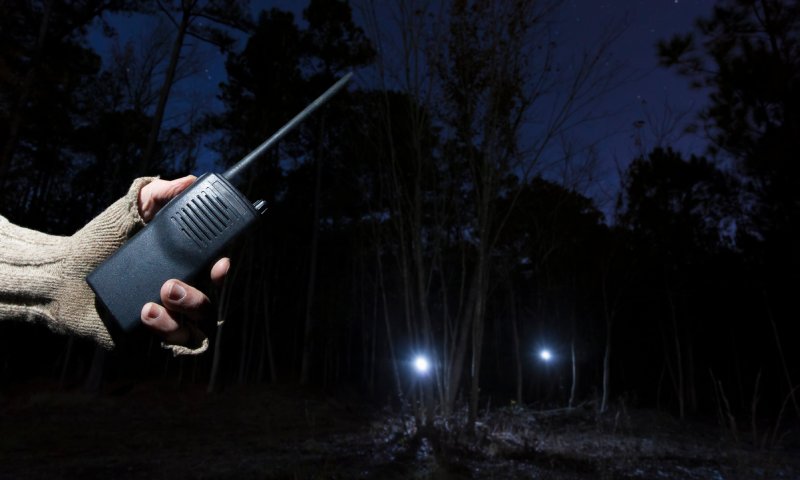3 Environments Two-Way Radios Don’t Work Well In

Two-way radios are often labeled as devices that thrive in any setting. However, that’s a common myth. This blog post will explore three environments two-way radios don’t work well in to save users from unnecessary frustration and promote better communication strategies.
Urban Areas With Dense Buildings
Urban environments often challenge the effectiveness of two-way radios. The dense concentration of skyscrapers and buildings can interfere with signal transmission. This interference results from the signals bouncing off or being absorbed by large structures, leading to poor communication quality.
Additionally, various electronic devices in urban areas contribute to signal congestion. Devices like Wi-Fi routers, cell phones, and other wireless gadgets create a crowded spectrum. This congestion can degrade the performance of two-way radios, making it difficult for users to maintain clear communication in bustling cityscapes. Users must consider alternative communication methods or invest in specialized equipment to enhance signal strength in these challenging environments.
Underground Locations
Places like basements, tunnels, and subways often obstruct radio signals. The thick layers of earth and concrete create barriers that hinder signal penetration, resulting in weak or lost connections.
The lack of line-of-sight communication adds to the challenge in underground environments. Two-way radios rely on direct paths for optimal signal transmission. Without a clear path, signals struggle to travel effectively, leaving users disconnected from their teams.
Remote Areas With Natural Obstacles
Remote areas filled with natural obstacles present yet another challenge for two-way radios. Dense forests, mountains, and valleys can disrupt signal transmission. These natural features act as physical barriers, weakening the radio waves and causing communication issues.
In addition to physical barriers, remote areas often lack the infrastructure necessary for supporting strong communication signals. With limited access to repeaters or signal boosters, two-way radios might struggle to maintain clear communication over long distances. For effective communication in such environments, investing in high-powered radios or exploring satellite communication options might be necessary.
Conclusion
Urban areas, underground locations, and remote regions with natural barriers present unique challenges to these devices. Knowing these limitations helps users adapt their communication strategies and explore alternatives when necessary. By acknowledging these three environments two-way radios don’t work well in, users can better prepare for successful communication.
Would you like to receive similar articles by email?




